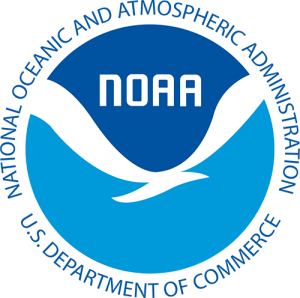Biological Activity of Marine Natural Products
The presence of toxic chemicals such as polychlorinated biphenyls (PCBs) and dioxins in some seafood has prompted state and federal consumption advisories, especially for women of childbearing age, pregnant women, and children. Dioxins and PCBs are part of a group of industrial or man-made chemicals, collectively known as halogenated aromatic hydrocarbons (HAHs), that are characterized by a multi-ring structure with chlorine and bromine atoms on the outside of the rings. These chemicals are highly persistent in the environment and bioaccumulate in animals. Exposure to these chemicals has been associated with a variety of health effects. In recent years there has been an emerging realization that halogenated aromatic hydrocarbons in the oceans include not only man-made/industrial compounds but also a variety of naturally occurringhalogenated aromatic hydrocarbons. The structures and chemical properties of these natural compounds are similar to those of the man-made chemicals, with aromatic rings surrounded by bromines and chlorines. The sources of these chemicals are not fully understood but are likely to include bacteria, algae, and possibly some invertebrates such as sponges.
The natural HAHs are found in seafood, sometimes at levels similar to those of man-made HAHs. The objective of our research is to determine the potential toxicity of natural halogenated marine natural products relative to that of industrial halogenated contaminants.
Recent papers:
DeGroot, D.E., Franks, D.G., Higa, T., Tanaka, J., Hahn, M.E., Denison, M.S. (2015) Naturally-Occurring Marine Brominated Indoles are Aryl Hydrocarbon Receptor Ligands/Agonists. Chemical Research in Toxicology, 28:1176–1185. PMCID: PMC4469569
